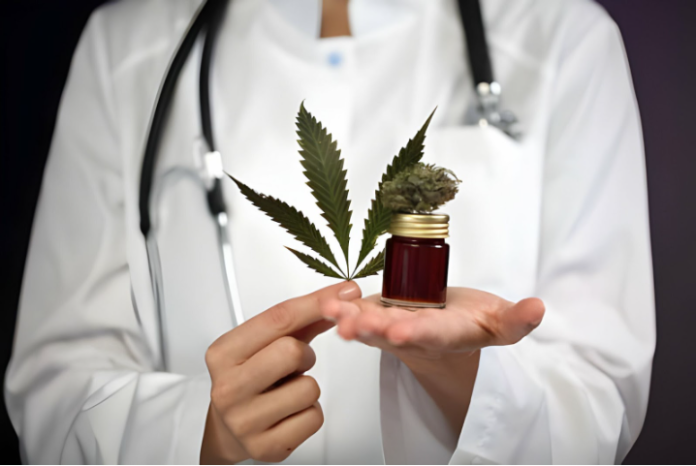Medical Cannabis for Chronic Pain: An Alternative to What?
Medical cannabis is often touted as an alternative treatment for chronic pain. Millions of people around the country now use it for that very purpose. To those unfamiliar with medical cannabis, here’s the question: what is it an alternative to?
A Brief Word About Chronic Pain
Before discussing medical cannabis and its alternatives, it is important to establish what chronic pain is. Chronic pain is pain that is experienced either every day or most days for an extended amount of time. A general rule says 3 months, but most states with medical cannabis laws in place have much shorter time requirements.
By comparison, acute pain is pain that is expected to resolve in a short amount of time. Its onset can be either slow or sudden. It can be expected or unexpected. The pain from a broken bone suffered in an accident would be acute pain. The pain from rheumatoid arthritis would be chronic pain.
Chronic Pain Is Hard to Treat
One of the most frustrating things about chronic pain is that it is so hard to treat – from both the patient and medical provider’s perspective. People react to pain stimuli differently. They experience pain differently in terms of intensity, duration, and what it actually feels like. So there is no one pain treatment that works for everyone.
Chronic pain patients are often steered toward a multidisciplinary approach. For example, someone with chronic back pain might be advised to:
- Receive physical therapy
- Make lifestyle changes (diet and exercise)
- Take OTC pain medications
- Take prescription NSAIDs or anti-inflammatories
- Take prescription opioids
- Undergo surgery or other invasive procedures
- Try regenerative medicine therapies
Medical cannabis is an alternative to all these treatments. But it doesn’t have to be used exclusive of other options. It can be complementary. Here’s the key: medical cannabis becomes an alternative when a patient tries every conceivable combination of traditional therapies and still doesn’t enjoy significant enough pain relief.
No More Opioids
It’s not uncommon for patients to turn to medical cannabis after having bad experiences with prescription opioids. For many, opioids just don’t work as expected. Others don’t like the way opioids make them feel. Still others are worried about becoming addicted. Medical cannabis offers them an alternative with fewer side effects and a lower chance of addiction.
Given what we know about opioids – thanks to the decades-old opioid crisis – it’s not unreasonable for many chronic pain patients to want to avoid taking the drugs. But if there are no other drugs capable of getting the job done, medical cannabis suddenly becomes more attractive.
The Main Users of Medical Cannabis
Medical cannabis’ performance as an alternative to opioids and other ineffective medicines is one of the main reasons behind the fact that the majority of users are chronic pain patients. That’s certainly the case in Utah, where BeehiveMed says roughly 85% of the state’s medical cannabis users cite chronic pain on their applications.
Millions of people around the country now look to cannabis for pain relief. Science is still working out the mechanism behind it, but a growing body of evidence demonstrates that patients do find relief comparable to other treatment options.
Not for Everyone
This isn’t to say that medical cannabis is the right treatment for every chronic pain patient. It isn’t. But neither are opioids, prescription NSAIDs, OTC pain medications, surgery, or physical therapy. Patients must work with their healthcare providers to find the best possible treatment. When that therapy turns out to be medical cannabis, patients have access to a treatment that was banned in this country for decades.

